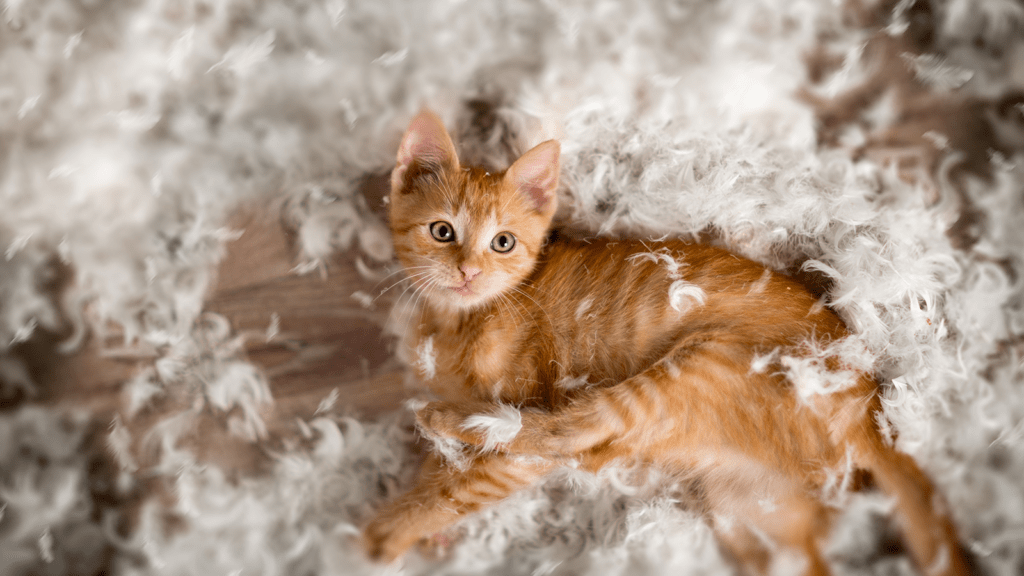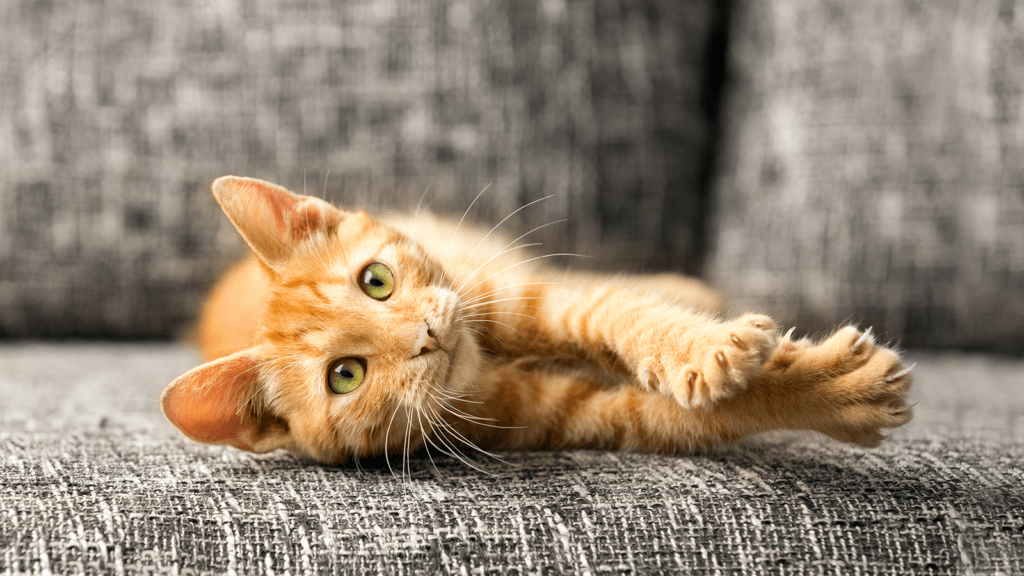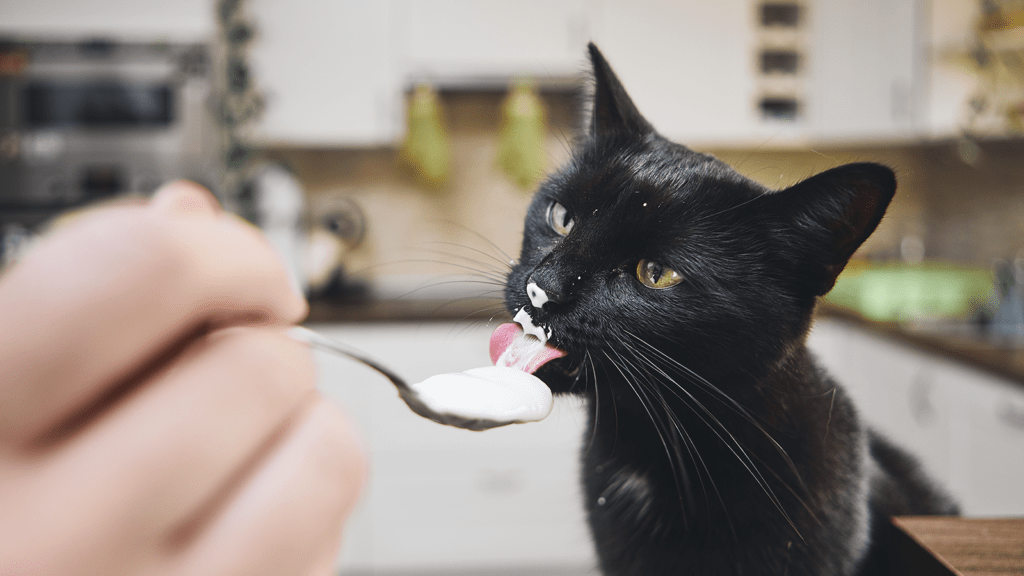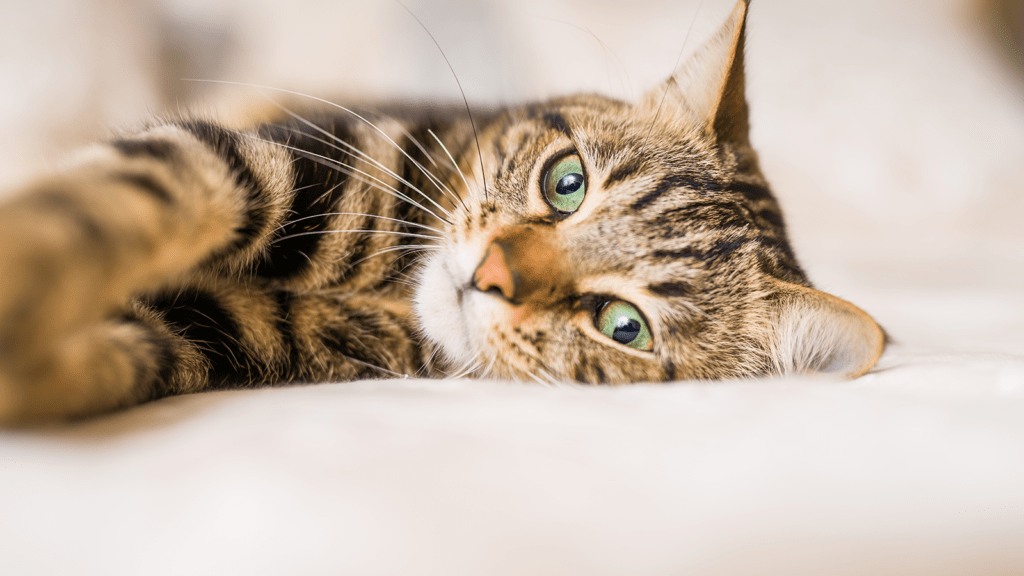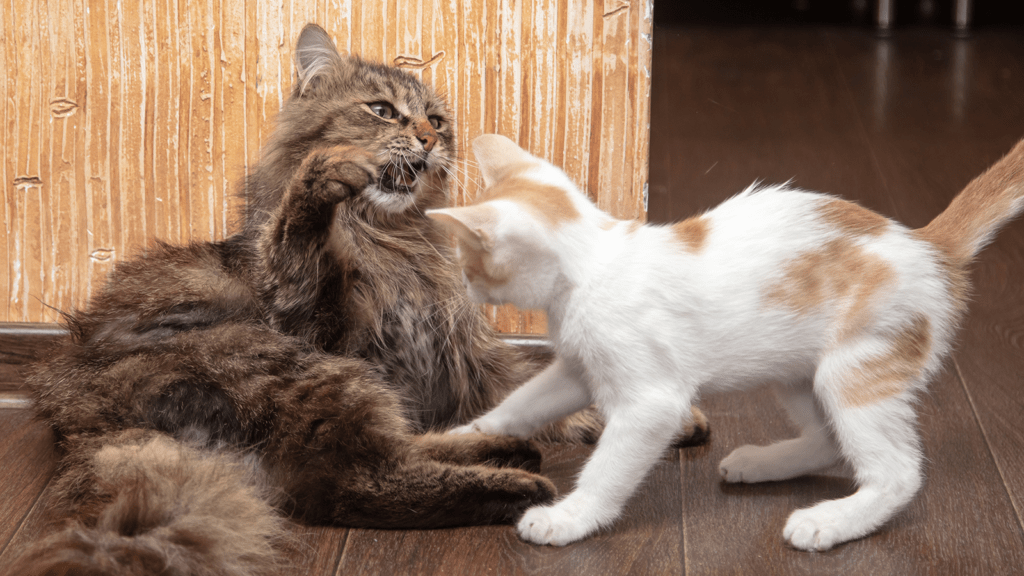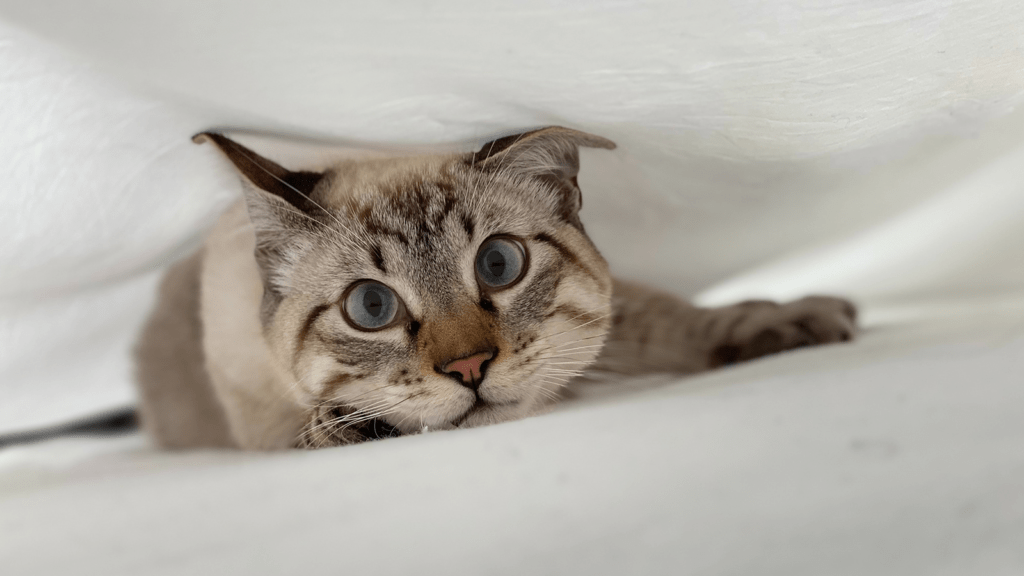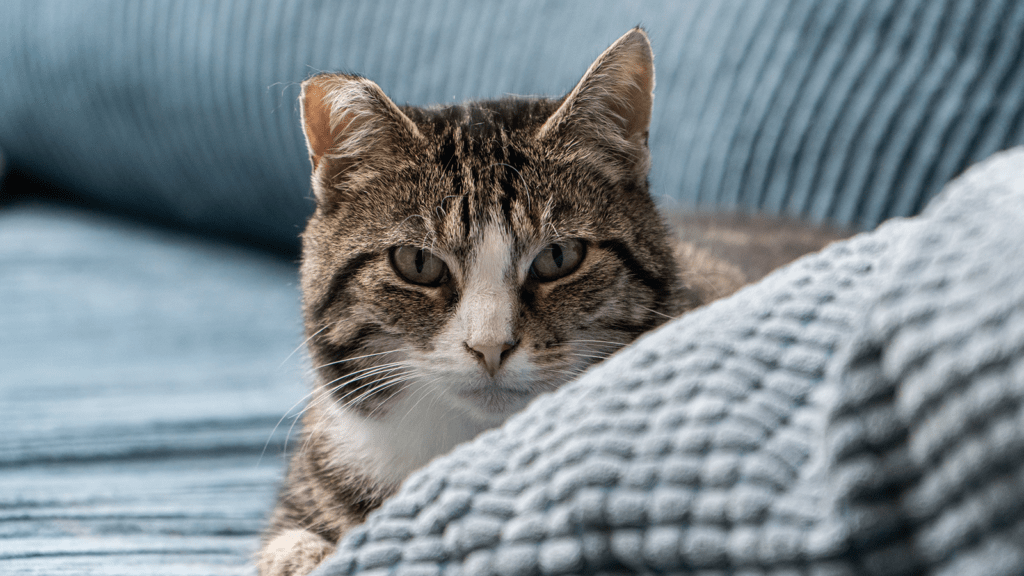How Much Does It Cost To Spay A Cat?
How Much Does It Cost To Spay A Cat? The cost of spaying or neutering a cat typically ranges from $50-$500, depending on where you have the procedure done. The price is often lower if you spay your cat at a shelter or humane society, ranging from $50 to $150, while a traditional veterinarian may charge between $300 and $500. On some occasions, there are a few other costs associated with spaying a cat, such as a vet check-up and blood work, or if complications arise during or after the surgery. Many humane societies or animal shelters offer free services or low-cost programs for community cats and stray cats. While there may be no cost to spay, the community cat programs may also require the cat to get an ear tip to show it’s a fixed outdoor cat. How Does A Spay Or Neuter Work For Cats If you go to a private veterinarian, then you usually do a few tests prior to the surgery. A blood test and physical exam will ensure the cat is healthy enough for the operation. Spaying is the surgical removal of a female animal’s reproductive organs, including the ovaries and uterus. Neutering is the removal of a male animal’s testicles. Spaying and neutering are common surgical procedures that are performed on animals to sterilize them and prevent them from reproducing. Spaying or neutering your cat is almost always recommended. (source) The spay or neuter procedure for cats is typically performed under anesthesia and takes about 30 minutes. The vet will make a small incision in the cat’s abdomen and remove the ovaries and uterus (in female cats) or the testicles (in male cats). The incision is then closed with stitches. Recovery from anesthesia typically takes about an hour. Post-Surgery Recovery For Spay Or Neuter Recovery for cats is typically pretty straightforward. Most cats will return to their normal selves within a day or two. It’s important to watch your cat and ensure they’re not licking or biting at their stitches. Contact your vet’s office if you notice any redness, swelling, or discharge around the incision site. Cones or surgical suits may be used to prevent licking of the incision site. Why You Should Spay And Neuter Your Cats There are many benefits to spaying or neutering a cat, especially for pet owners. When Can You Spay Or Neuter A Cat? Cats can be spayed or neutered as early as eight weeks old or weighing 2 pounds. However, many vets will say to wait until the cat is a few months old, up to a year when they can reach sexual maturity. If you wait too long, they may develop undesirable behaviors, such as urine marking or going into heat. The procedure is typically safe, and recovery is quick, but it’s important the kittens are strong and mature enough for the procedure. Check with a licensed veterinarian to see if they recommend spaying or neutering your cat at a specific age. Why You Might Consider Not Getting Your Cat Spayed Or Neutered There are some situations when you might choose to leave your cats intact, such as: If you are considering not spaying or neutering your cat, please consider all of the reasons why spaying or neutering is important. There are millions of homeless animals in shelters that would love to have a home, and spaying or neutering your cat can help reduce the number of homeless animals, even if you think you may have your cat forever. Why All Cats, Even Indoor Cats, Should Be Spayed Even if you never plan to let your cat outdoors, spaying or neutering is still important. That’s because any unsterilized cat, whether indoor or outdoor, can escape and get lost or end up in a shelter. Once outside, an unspayed cat is more likely to be hit by a car, contract diseases, or get into fights with other cats or animals. Intact indoor cats can also attract attention from intact outdoor feral cats, which might cause nuisance behavior like territory marking. Benefits Of Spaying Female Cats Spaying a female cat prevents unwanted pregnancy and reduces the risk of certain health issues, such as developing mammary cancer, breast cancer, and uterine infections. Spaying also helps reduce roaming, attraction from male cats, and territorial fighting behaviors. Benefits Of Neutering Male Cats Neutering a male cat prevents unwanted pregnancies and reduces the risk of certain health problems, such as developing testicular cancer. Neutering also helps reduce roaming and fighting behaviors. In addition, neutered cats are less likely to mark their territory by urine spraying. How Will My Cat’s Behavior Change After Being Spayed? In general, fixing a cat will not change your cat’s personality. However, it may reduce roaming, howling, marking, and aggressive behaviors. There are generally no negative behavioral changes after removing reproductive organs. How To Get Your Cat Fixed For Free There are many ways to get your cat spayed or neutered for free or at a reduced cost. Check with your local animal shelter, humane society, or spay/neuter mobile clinics to see if they offer low-cost spay/neuter programs. You may also be able to find vouchers that can be used by participating veterinary clinics. While there may be no cost to spay at some of these clinics, community cat programs may also require the cat to get an ear tip to show it’s a fixed outdoor cat. Does Pet Insurance Cover Spay And Neutering Bills? Some pet insurance plans and policies will cover spay and neuter surgery, while others will not. Check with your pet insurance company to see if your policy covers spay/neuter surgery or other related procedures or tests. Conclusion Spaying or neutering your cat can have many benefits for both the cat and the community. It can help reduce aggressive behaviors, as well as the number of homeless animals in shelters. Spaying or neutering is also a quick and easy procedure that is safe for most cats. If you are considering not spaying or
How Much Does It Cost To Spay A Cat? Read More »


